Before digital pathways carved their deep, unmistakable riverbeds in the business landscape, scaling was a comparatively slow, thoughtful process that followed the desires of the parent company rather than the end consumer. With the modern explosion of channel distribution options, the game has changed dramatically and scaling practices are no longer a matter of if, but when and how. Even in a company’s beginnings, getting prepared for this eventuality will cut back on frantic research and up-against-a-wall deadlines that can drive poor, hasty decisions in a company’s growth cycle. Here are five ways to batten down the hatches and streamlining to ensure smooth sailing into optimum scalability.
1.) Assess Your Risk Profile
According to Vince Spadafora of Supply & Demand Chain Executive, knowing your risk limits ahead of time will help guide growth in a direction your company can live with. If, for example, you started operations with an eco-friendly platform, how far are you willing to wander away from it in the name of profitable large-scale production? If you aren’t going to budge, it then becomes prudent to research bigger packaging or operations partners that can help you stay in line with your green goals.
2.) Check Your Supply Chain’s Capabilities
Chris Timmer of Inbound Logistics cautions that just because your company, or even the majority of your supply chain, is ready to scale, it only takes one lagging provider to throw a wrench in that progress. When choosing or considering supply chain partners, be sure to ask about their output and technological capabilities. If they aren’t in line with your own, this shortfall should be considered as part of their overall suitability.
3.) Implement Real-Time Visibility Whenever Possible
Whether your end product enjoys a stable, consistent customer base or your supply and demand fluctuates like the tides, real-time production and shipment visibility can help you stay on top of things throughout your scaling efforts.
As Mark Woodward, also of Supply & Demand Chain Executive, explains, when you open a network up to both your company and your supply chain, everyone benefits. If a component manufacturer experiences a problem, the down-chain partners that work with that component will know to compensate, sparing unnecessary effort and redirecting productivity to areas where it will be more useful to you.
4.) Ignore Channel Distribution at Your Own Peril
The trend toward omni-channel likely to fade away—but it is likely to splinter, fractal-like, into even more routes and pathways in the future. If your customers aren’t able to at least browse your catalogs on their favorite devices, there’s a looming threat of losing them until you catch up.
As Melanie Nuce of Apparel emphasizes, the modern idea of ‘going shopping’ no longer involves a car or even leaving the house. If you aren’t on board with that, you can expect that your rivals certainly will be. Even if you don’t have immediate plans to enter a given channel to scale your availability, you should be crystal-clear on the steps that it would take to get there. Anything less may leave you scrambling to work with an outdated website structure— or facing the conversion of thousands of skus into digital or photographic forms.
5.) Hybridization over Standardization
The scattered nature of business growth in the digital age means that the more rigid your company’s structure, the more likely it is to snap. There is no “one true way” to properly scale a business, so flexibility becomes the winning move. Lehigh University business professor Paul A. Myerson explains in Inbound Logistics that sometimes the best method to produce durable scaling is combining two schools of thought, such as lean and agile approaches.
Don’t wait until a channel distribution opportunity passes you by to start trimming the fat and getting ready for growth. Use these 5 steps to bring your business, regardless of its current state, that much closer to category domination and profitable longevity in a growth cycle.
Is Aero A Good Fit?
The truth is, when it comes to fulfillment partners, no single company is the best. There is; however, a best fit for your specific company and business requirements. At Aero, we are 100% committed to working only with clients whose needs we can serve with near perfection.
Take this quick survey and find out if we are the best fit for you!
Let’s Find Out! Take the Quiz >

